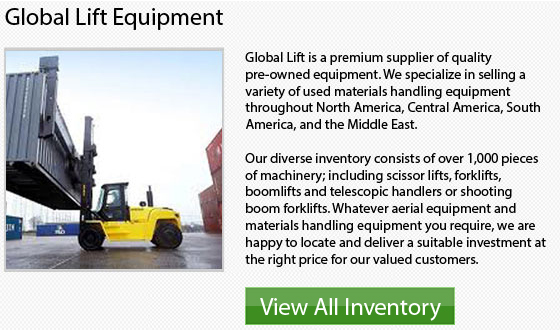
Electric Lift Truck Specifications
The forklift is a common piece of machines used to lift and carry merchandise and materials on jobsites such as construction and warehousing. Forklifts now come in varying classes and are powered with various sources. These days, electric lift trucks have become common for a number of businesses. They are powered by rechargeable lead-acid batteries that are larger and more powerful than automobile batteries. In this broad category of electric lift trucks, there are various sub-types distinguished by some common specifications.
Load Capacity
Load capacity refers to the amount of weight which a specific kind of lift truck could support.
Stroke
The vertical lift travel of the forklift is the stroke. It describes the total difference between the fully-raised and fully-loaded positions of the particular forklift.
Classes
Classes of forklift categorize machinery by kind in an effort to organize the features of the different units. Lift trucks are divided into eight classes. Classes I, II, and III pertain to electric lift trucks. Class I forklifts cover electric motor trucks engineered to be ridden by the operator while in operation. Class II electric forklifts are recommended for stocking and pulling goods in a warehouse and are manufactured for efficiency in narrow aisle environments. Class III electric forklifts are motor-powered hand trucks which are operated by an individual who walks at the back of the model.
Battery Specifications
The battery specifications help to give the required information pertaining to its performance. On the lift truck is a plate which identifies the volts put out from the battery. The weight of the battery would usually be specified on the forklift as well, because that information is needed to know the amount of weight the lift truck would have to support. Normally the specification also consists of the weight of the forklift truck without the battery.
Input
The input is the energy the battery of the forklift is designed to accept while charging. This is actually an essential specification. For instance, an electric forklift might be able to accept either 460 or 230 volts at a time.